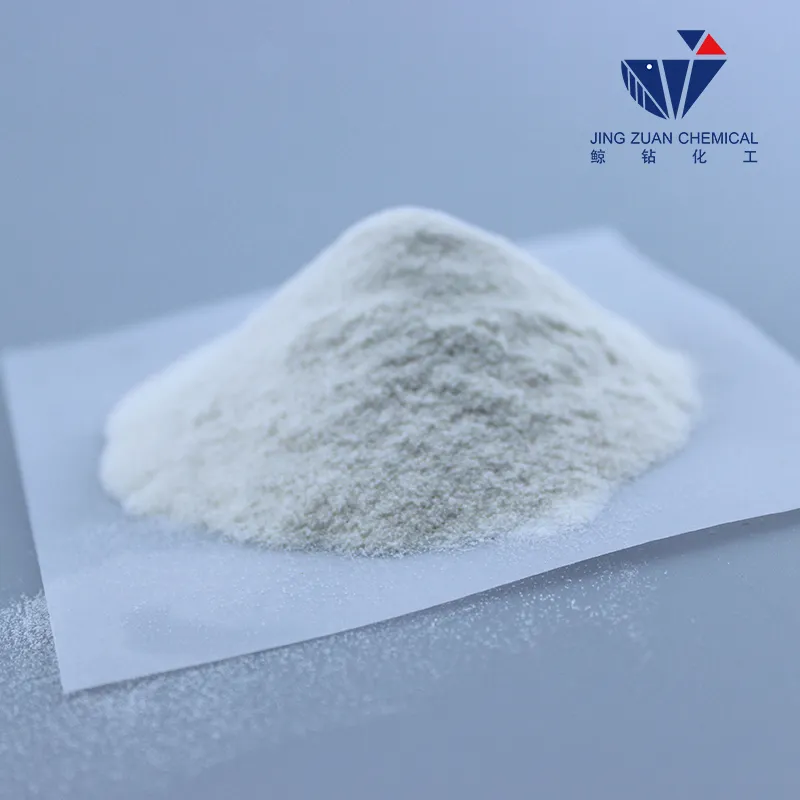
செப் . 25, 2024 18:07 Back to list
hydroxypropyl methylcellulose hpmc
Understanding Hydroxypropyl Methylcellulose (HPMC) Its Properties and Applications
Hydroxypropyl Methylcellulose (HPMC) is a versatile, non-ionic, biodegradable polymer derived from cellulose, a naturally occurring polysaccharide. HPMC has become increasingly important in various industries due to its unique properties, such as water solubility, thickening ability, film-forming characteristics, and emulsification. This article explores the chemical structure, properties, and widespread applications of HPMC across various sectors.
Chemical Structure and Properties
HPMC is produced by the alkali treatment of cellulose with propylene oxide and methyl chloride, resulting in a polymer that possesses both hydroxypropyl and methyl groups. The degree of substitution of these groups influences its functional properties, such as viscosity and solubility. Generally, HPMC is categorized by the percentage of methoxy and hydroxypropyl content, which varies from one grade to another.
One of the most significant properties of HPMC is its exceptional water retention capacity. It forms a gel-like consistency when mixed with water, making it an effective thickening agent and stabilizer. HPMC solutions exhibit pseudoplastic behavior, which means they become less viscous under shear stress. This property is particularly valuable in applications requiring smooth application and processing, such as in paints and adhesives.
Another noteworthy characteristic is its non-toxic nature, which has led to its acceptance in food, pharmaceutical, and cosmetic applications. HPMC is chemically stable, resistant to enzymes and acids, and can withstand a wide range of pH levels, thus broadening its usability.
Applications in Various Industries
hydroxypropyl methylcellulose hpmc

1. Pharmaceutical Industry HPMC is commonly used as a binder and film-coating agent in pharmaceutical formulations. It aids in controlling drug release rates in controlled-release formulations, enhancing the bioavailability of active ingredients. Its ability to form a barrier upon drying makes it an ideal candidate for tablet coating, ensuring that medications remain stable and effective over time.
2. Food Industry In the food sector, HPMC serves as a food additive, providing texture and stability to various products. It is used in gluten-free baking as a substitute for gluten to improve the structure and elasticity of dough. HPMC is also utilized in sauces and dressings for its thickening properties, which enhance mouthfeel and consistency.
3. Construction Sector HPMC plays a key role in the construction industry, particularly in the formulation of cement-based materials. It acts as a water-retaining agent, allowing for improved workability and extended open time in mortar and plaster mixes. Additionally, HPMC contributes to adhesion and prevents cracking during the drying process.
4. Cosmetics and Personal Care With its thickening and emulsifying properties, HPMC is widely used in cosmetic formulations like creams, lotions, and gels. It enhances product stability and improves the sensory feel of finished goods, making it a staple ingredient in many personal care products.
5. Agriculture HPMC is also finding a niche in agricultural products, where it acts as a carrier in pesticide formulations. Its ability to form a uniform gel allows for even distribution of active ingredients, improving the efficacy of the application process.
Conclusion
Hydroxypropyl Methylcellulose (HPMC) is a multifaceted polymer that serves as a critical component in an array of industries, including pharmaceuticals, food, construction, cosmetics, and agriculture. Its unique chemical properties, derived from its cellulose origins, enable it to perform essential functions such as thickening, binding, and stabilizing. As industries continue to innovate and seek sustainable solutions, HPMC's role is likely to expand even further, making it a valuable asset in future formulations and applications. Its versatility and safety profile ensure that HPMC will remain a key ingredient in both traditional and emerging markets for years to come.
-
The Widespread Application of Redispersible Powder in Construction and Building Materials
NewsMay.16,2025
-
The Widespread Application of Hpmc in the Detergent Industry
NewsMay.16,2025
-
The Main Applications of Hydroxyethyl Cellulose in Paints and Coatings
NewsMay.16,2025
-
Mortar Bonding Agent: the Key to Enhancing the Adhesion Between New and Old Mortar Layers and Between Mortar and Different Substrates
NewsMay.16,2025
-
HPMC: Application as a thickener and excipient
NewsMay.16,2025
-
Hec Cellulose Cellulose: Multi functional dispersants and high-efficiency thickeners
NewsMay.16,2025







